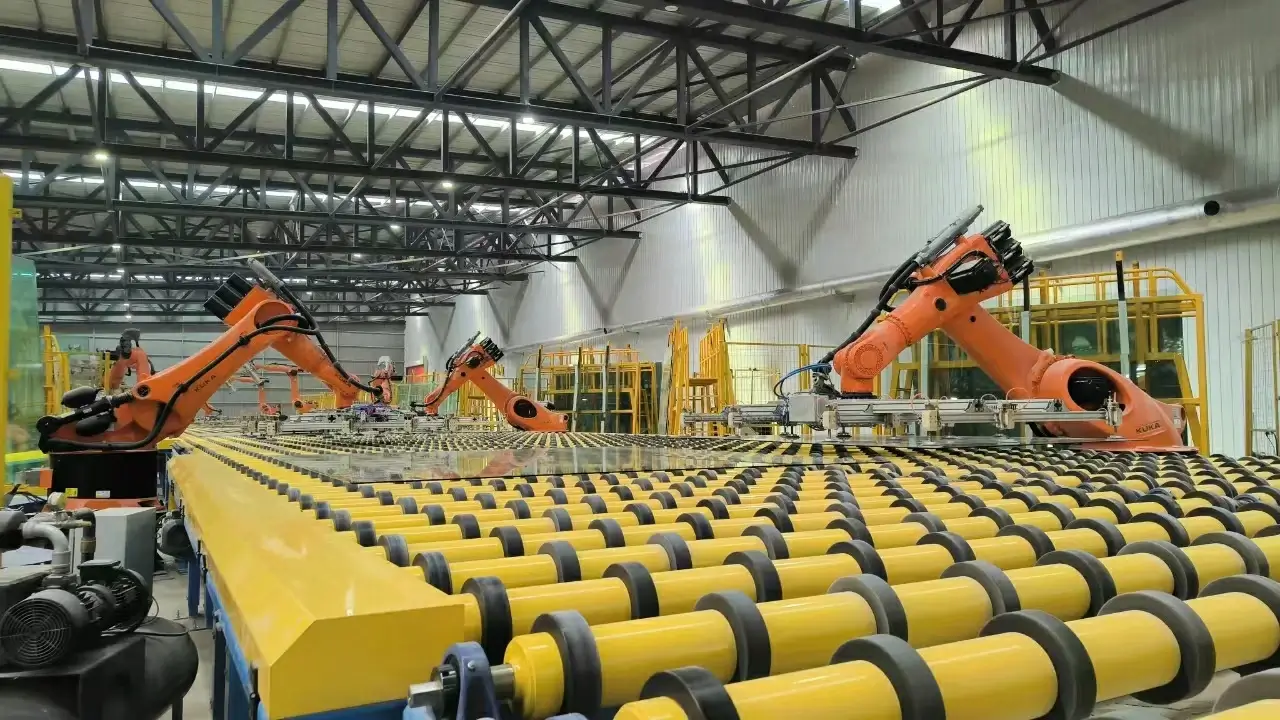

Exploring the Beauty and Versatility of Float Glass Mirrors
Float glass mirrors have become an essential part of modern interior design, art, and functionality. They are not just simple reflective surfaces; these mirrors transform spaces, enhance natural light, and add a touch of elegance. The journey of float glass mirrors begins with a fascinating manufacturing process that ensures durability and superior quality.
Float glass is created by a unique method where molten glass is floated on top of molten tin. This process creates a smooth, flat surface that is ideal for reflection. Unlike traditional glass manufacturing methods, which can leave imperfections, the float process results in pristine clarity and uniform thickness. This precision is critical for mirrors, as even the slightest distortion can affect the reflection. Once the float glass is produced, a thin layer of silver is applied to one side, forming the reflective surface. This silvering process is what turns plain glass into a practical and glamorous mirror.
One of the primary advantages of float glass mirrors is their versatility. They are available in various sizes, shapes, and finishes, making them suitable for a wide range of applications. From large statement pieces in living rooms to compact mirrors in powder rooms, float glass mirrors can fit any decor style. Whether it's a sleek, modern design or a vintage ornate frame, these mirrors can enhance the overall aesthetic of a space, making it feel larger and more inviting.

In addition to their aesthetic appeal, float glass mirrors serve functional purposes as well
. They are widely used in bathrooms, dressing rooms, and hallways, providing not just a reflective surface but also an illusion of expanded space. Strategically placed mirrors can reflect natural light, brightening dark corners and creating an airy ambiance. This property is particularly valuable in smaller rooms, where maximizing light and space is essential.Safety is another critical consideration when it comes to float glass mirrors. Manufacturers often apply safety backing to prevent shattering and to enhance durability, making them suitable for homes with children or pets. Additionally, many modern float glass mirrors come with anti-fog coatings, making them ideal for use in bathrooms where steam can obscure visibility.
Float glass mirrors also hold artistic value in contemporary art and design. Artists utilize mirrors to create interactive installations, challenging viewers' perceptions and encouraging them to engage with spaces differently. Reflective surfaces can distort and amplify images, creating a conversation between the artwork and its surroundings. This dynamic interaction adds depth and complexity to artistic expressions, making float glass mirrors a popular medium in the art world.
In conclusion, float glass mirrors are more than mere reflective surfaces; they are versatile elements that elevate the design and functionality of any space. Their contemporary manufacturing process ensures clarity and durability, while their aesthetic versatility makes them suitable for various styles and applications. As a blend of art and utility, float glass mirrors will undoubtedly continue to play a crucial role in enhancing our environments and enriching our experiences. Whether in our homes, public spaces, or artistic endeavors, these mirrors are here to reflect not just our images but also our creativity and imagination.